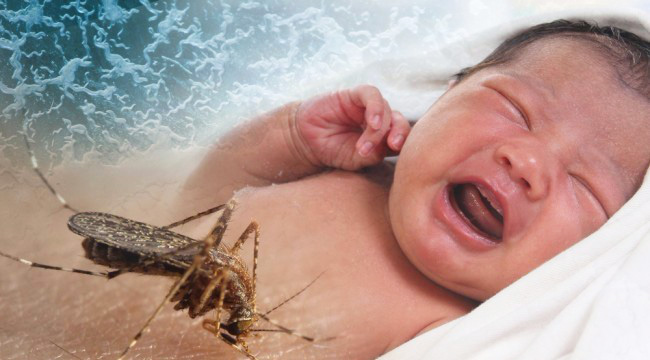
In a harrowing piece published on Thursday, CNN profiled several families with babies who were born to mothers infected by the rubella virus in the 1960s. The resulting feature detailed what their experiences can show us about what babies born to mothers infected with the Zika virus will need.
An estimated 12.5 million people were infected by rubella during the outbreak, which spread across the country from late 1963 into 1965. Much like Zika, the virus’ symptoms were relatively minor, but took a great toll on the unborn babies of infected pregnant women. So much so, in fact, that rubella helped bring about the legalization of abortion.
The men and women profiled in the story were infected with rubella while still in utero. They are among over 20,000 infected babies who were born in the U.S. in the mid-1960s. These babies, now in their early fifties, are affected by various combinations of “deafness, blindness, heart disease, neuromuscular tightness and spasticity, intellectual disabilities, autism and more.”
Dr. Louis Cooper, who headed up the Rubella Project in Manhattan, stressed the importance of long-term care. He told CNN that Congress needs to stop “fooling around” and approve Zika funding immediately. “We’re just learning what the Zika babies are going to need, but what’s clear is they’re going to need a lot and they’re going to need it for a long time,” he said. “And their families are going to need even more. … The stress is enormous.”
(Via CNN)
